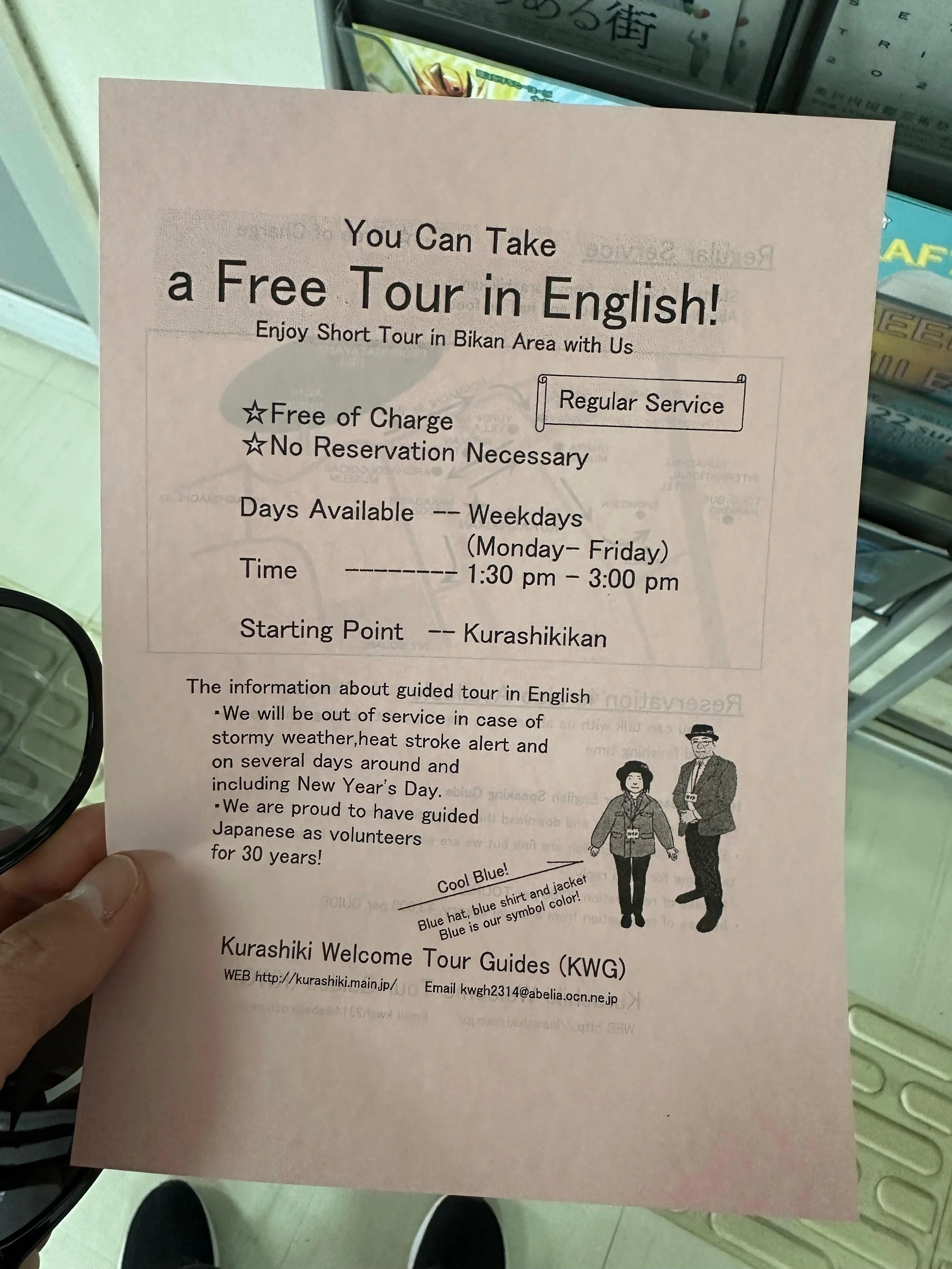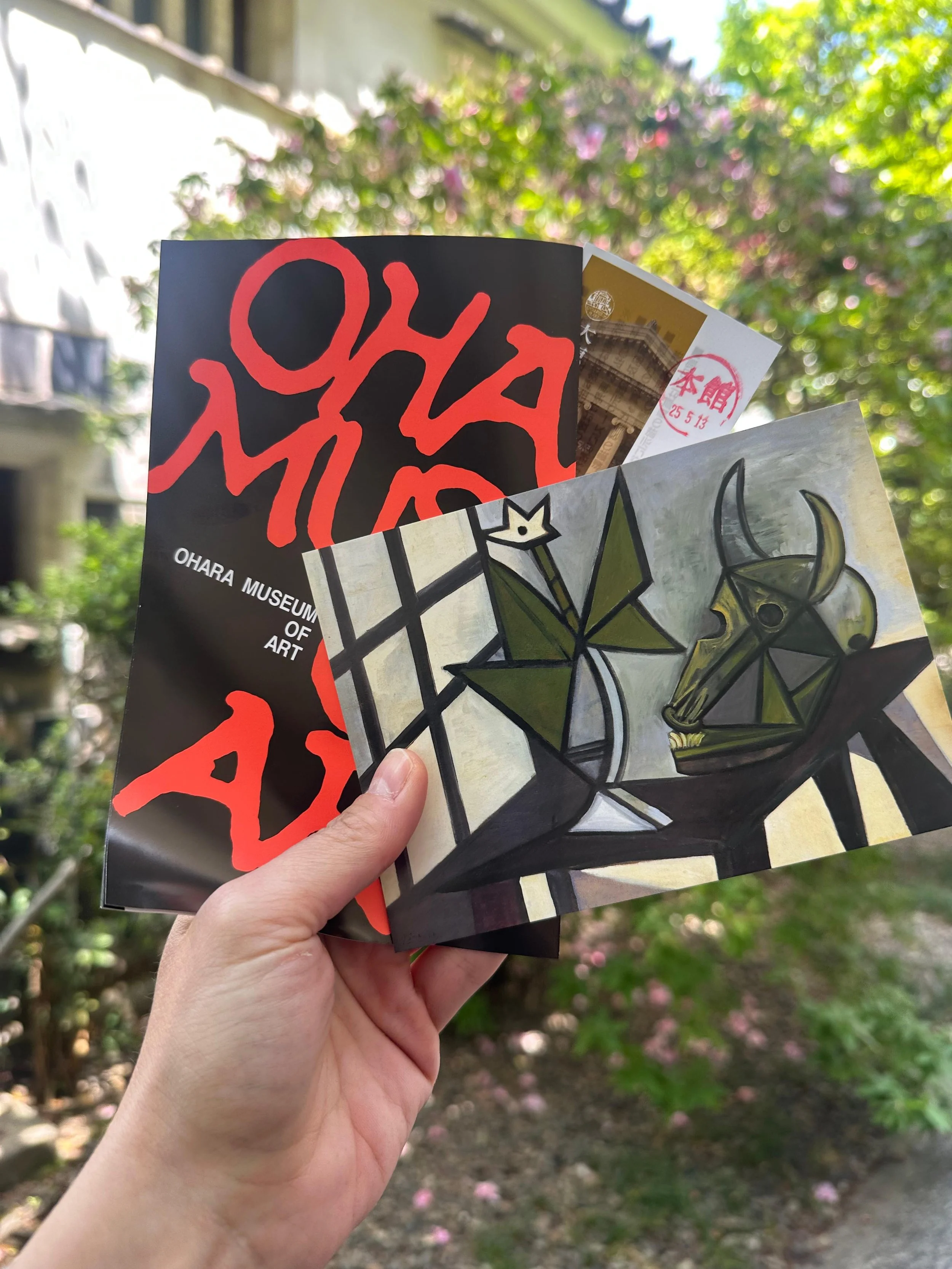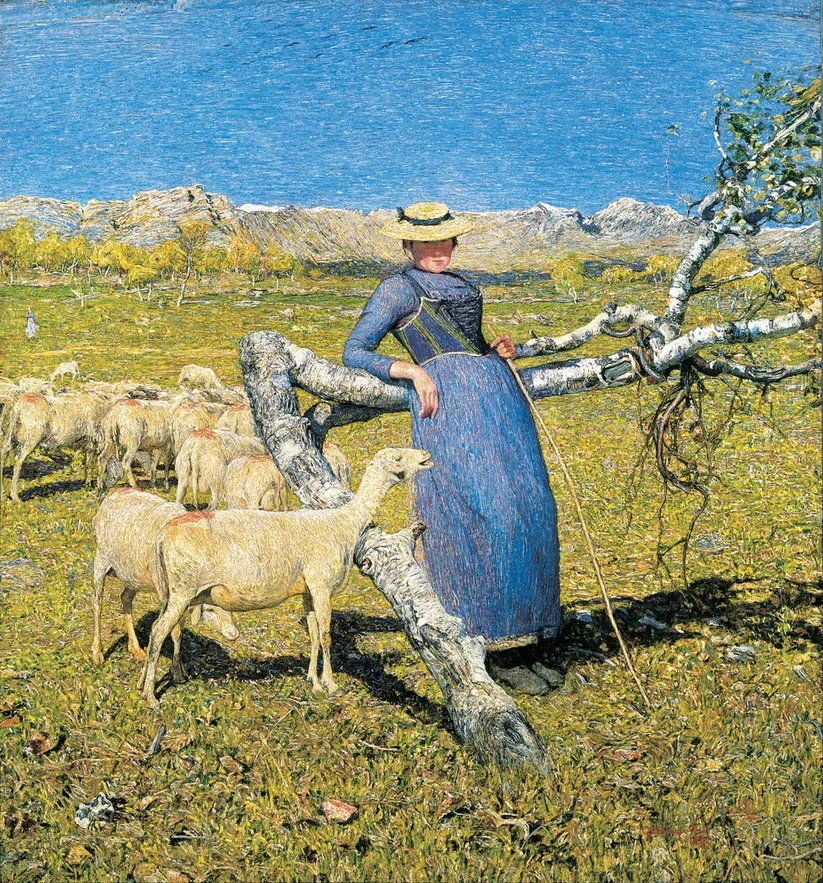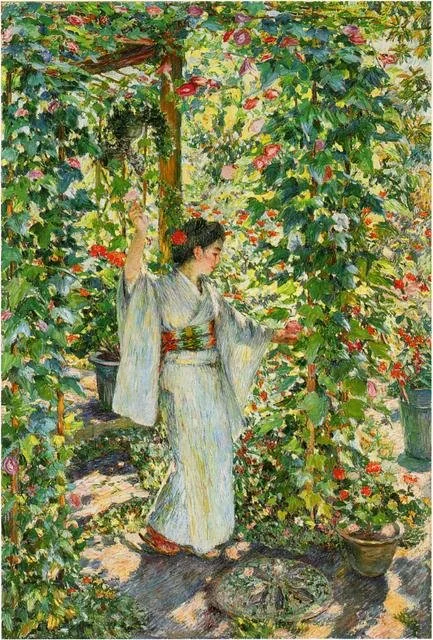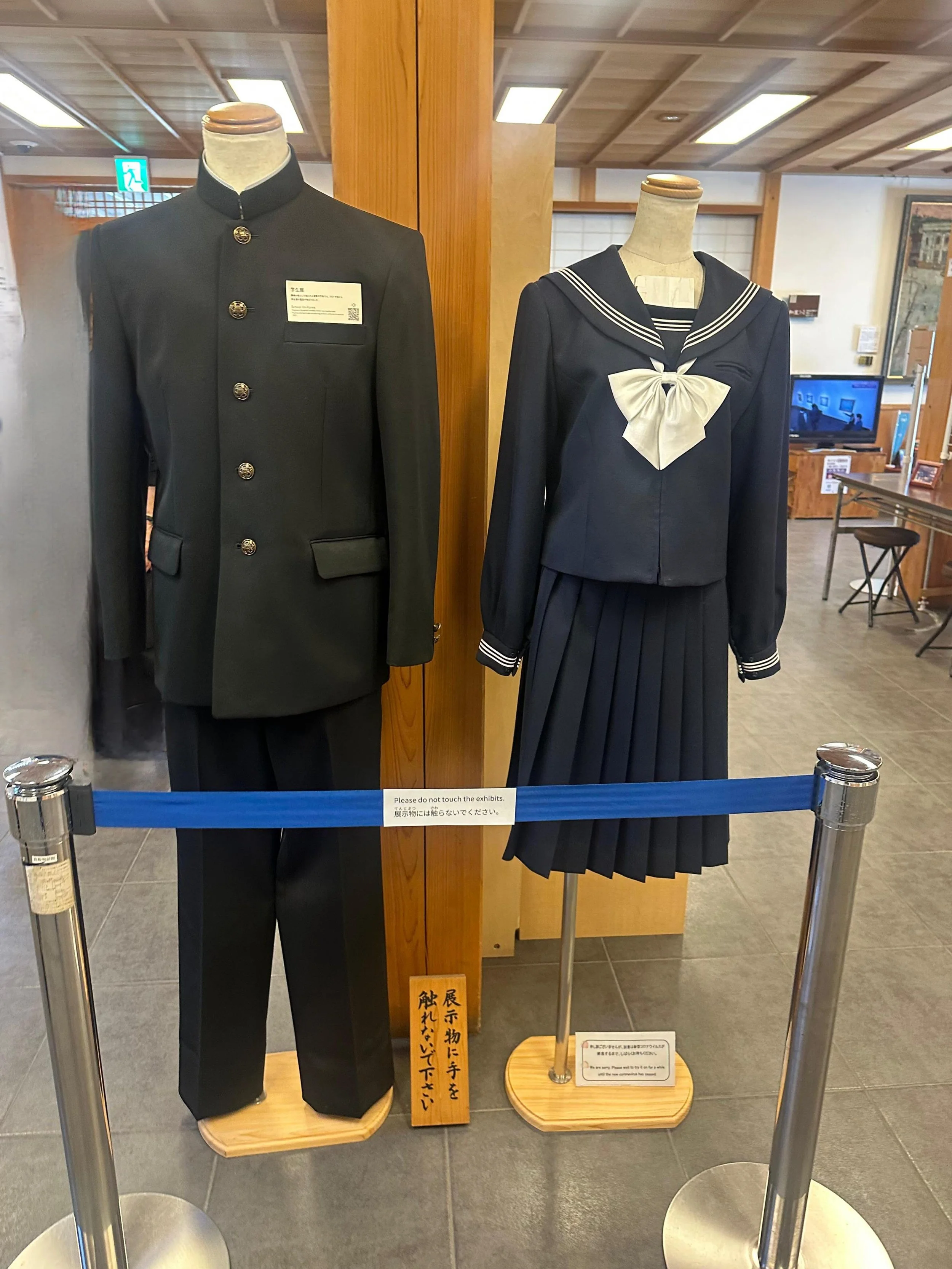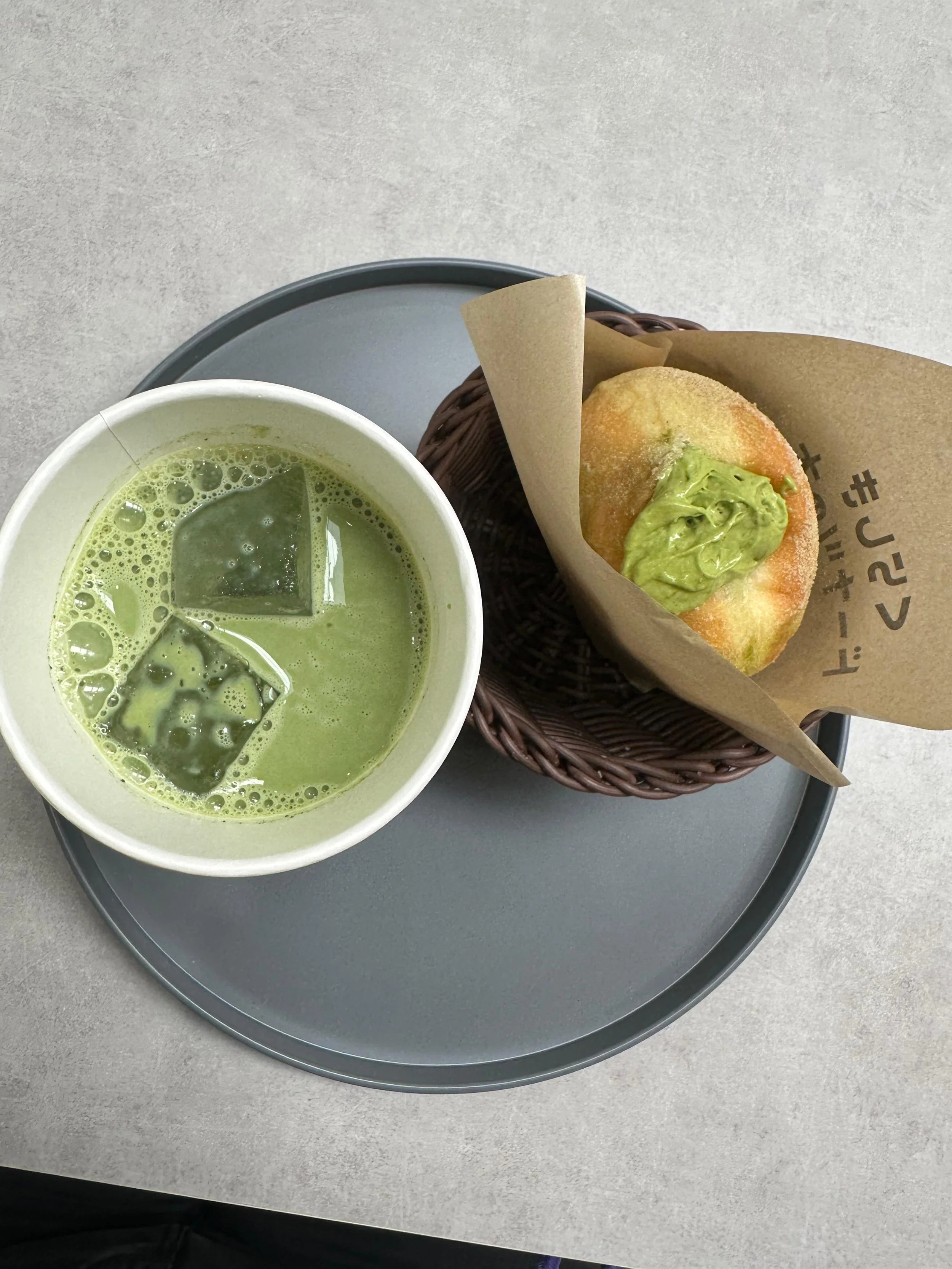Kurashiki— Where Canals, Canvas, and Cotton Meet
Wearing a straw hat like a time traveler, I let the Bikan Historical Quarter unfold around me—sliding past white-walled warehouses and weeping willows, sipping iced matcha crowned with green cream dreams. But the real magic began at the Kurashiki Tourist Information Centre, where I discovered the secret to the town’s charm: a free 1:30 PM walking tour, led by locals who grew up by these canals—no reservation, no cost, all heart.
Rise Before the Sun — Canal Boat Rides Through Time
The next morning, I woke before sunrise to catch a punt-style canal boat at 9:30 AM. Arriving early meant soft light and quiet water—before crowds arrived—making those flickers on the canal feel like a movie back in Edo. For ¥700 (~$5), 20 minutes of gentle drifting under stone bridges delivers you straight into history.
Ohara Museum of Art — A Canvas of Friendship
The real soul of the town lies in the Ohara Museum of Art, founded in 1930 by local magnate Magosaburō Ōhara to honor his friend, painter Torajirō Kojima. Their bond brought masterpieces from Europe to Kurashiki.
Inside, you’ll find treasures like:
Picasso’s “Still Life with a Skull” (1942) — Created during the dark years of World War II, this piece pairs the solidity of objects with the stark presence of a skull, forcing the viewer to confront fragility, mortality, and the tension between life’s everyday continuity and looming death.
Giovanni Segantini’s “High Noon in the Alps” — Painted in his signature Divisionist style, Segantini transforms the Alpine landscape into a symphony of light and color. The midday sun feels almost sacred, as if nature itself is imbued with spiritual vitality.
Ohara Museum of Art Kurashiki, Japan ; Title: High Noon in the Alps ; Creator: Giovanni Segantini ; Creator Lifespan: 1858 - 1899 ; Creator Nationality: Italian
Ferdinand Hodler’s “The Woodcutter” — once meant for a Swiss banknote, now a monumental tribute to human endurance.
Even Kojima’s delicate “Garden in Kyoto” (1915), where a woman bathed in dappled light and summer blooms. It’s a treasure chest of the classic and contemporary, Western and Japanese.
Torajirō Kojima 児島虎次郎 (1881–1929), Morning Glories 朝顔 (1916-20), oil on canvas, 197.2 x 131.5 cm, Ōhara Museum of Art 大原美術館, Kurashiki, Japan. Wikimedia Commons.
Ivy Square — Living, Cooling Brushstrokes
A short stroll away is Ivy Square—once a spinning mill—now wrapped in cooling ivy that helped regulate summer temperatures and made the heat bearable for workers. Today, visitors stroll under that green canopy, next to a pond blooming in June with water lilies brought from Monet’s garden in Giverny. It’s not art in a frame—it is living brushstrokes.Denim Dreams, Miso Treats, and Blue Indulgencies
Kurashiki’s title as Japan’s school uniform capital is rooted in its centuries-old expertise in textiles. During the Edo period, the city thrived as a merchant hub, trading cotton grown in the region and weaving it into durable fabrics. As Japan modernized in the late 19th and early 20th centuries, Kurashiki’s textile industry adapted, specializing in high-quality fabrics for uniforms — prized for their precision tailoring, comfort, and ability to withstand daily wear.
Today, around 80% of all school uniforms in Japan are made here, from crisp sailor collars to neatly pleated skirts. This isn’t mass production in the disposable sense — Kurashiki’s workshops and factories maintain a tradition of craftsmanship, with many pieces designed to last for years. The industry supports not only local artisans but also dyeing specialists and fabric suppliers, making uniforms one of the most enduring symbols of the city’s economic and cultural identity.
Kurashiki’s past as a textile powerhouse made it the birthplace of Japanese denim.
The Kojima district—Japan’s jean capital—overflowed with workshops, traditional dye techniques, and indigo innovations. On Denim Street, you’ll even find denim-colored burgers, hot dogs, and ice cream—a quirky nod to indigo identity.
For comfort fare, Kurashiki Donuts Tree served up fluffy matcha-filled donuts and iced matcha lattes beside the canal—perfect pause for thought between centuries.
Kurashiki Donuts Tree Address: 2 Chome-25-29 Achi, Kurashiki, Okayama 710-0055, Japan
https://share.google/Qj9nzTZscfTbt1CbR
Layers of Time — A City Written in History
Kurashiki is built on layers: ancient burial sites like the Yayoi-period Tatetsuki mound and the Kofun-era Yata Ōtsuka tumulus testify to early civilization; Edo-era merchant warehouses rose on salt-encrusted fields reclaimed from the sea (#kura = “storehouse”); and Meiji-era spinning mills kindled its jeans legacy.
In 1642, the shogunate made Kurashiki a tax-storage hub—and the mighty willows and kura that define the scene today come from that era. Electric poles vanish here, so nothing distracts from its timeless view.
Quick Tips for Travelers
Free walking tour — starting point: Kurashiki-kan Info Center at 1:30 PM (weekdays).
Canal rides — first boat 9:30 AM; ¥700, 20 minutes. Arrive 20 minutes early for best light.
Museum hours — most close by 5 PM; budget your route (Ohara, Ivy Square, Folk Museums).
Instagrammer’s delight — don’t skip denim-blue treats on Denim Street or floral flash at Ivy Square.
Kurashiki isn’t polished like Kyoto—it’s layered, tender, soulful. From ancient tombs to Monet’s lilies, from jeans-born heritage to quiet canals, this city doesn’t just show its history—it invites you to taste, stroll, and let your senses turn it into memory.

